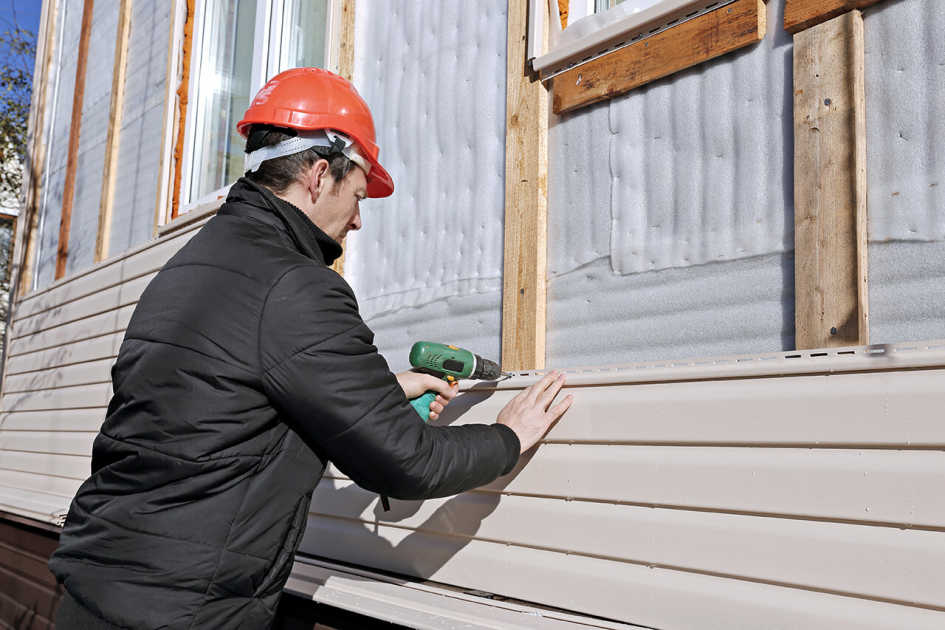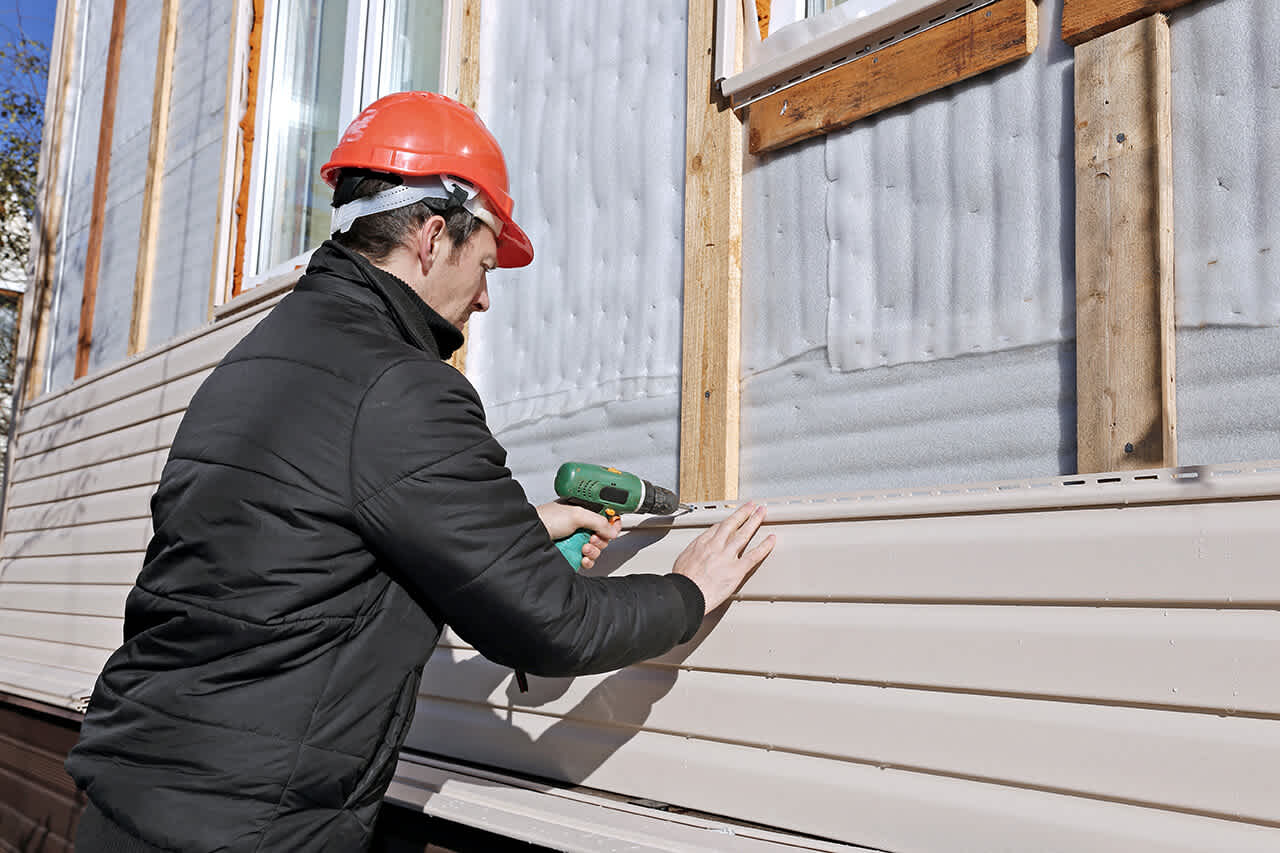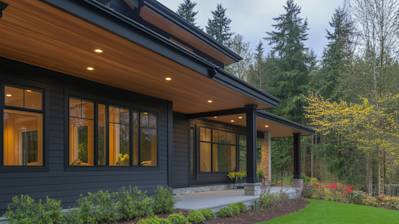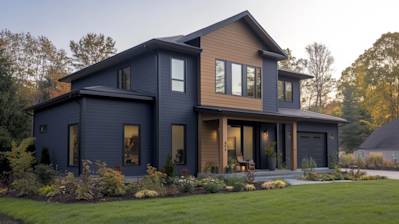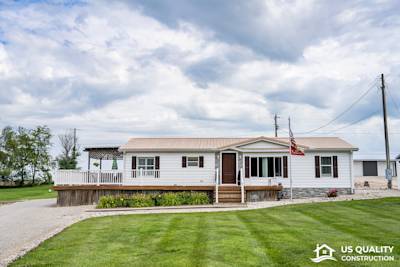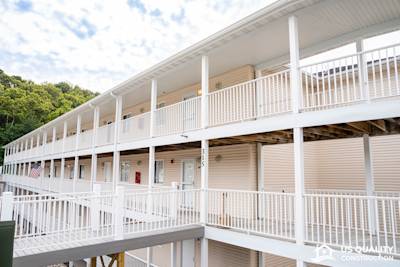The homeowners should pay special attention to their home's maintenance and cleanliness because it is their biggest investment. You can increase the value of your house by ensuring its regular maintenance. Home siding is the most integral part of your house that keeps your property in optimal condition. But it is worth considering that your house's siding can't last forever. You must ensure proper maintenance and on-time replacement of your home siding.
Home's siding protects the exterior of your house from severe weather conditions such as precipitation, bitter cold, harsh wind, and hot sun. You can find several types of home siding on the market, such as vinyl siding, wood, and aluminium siding. All these types of sidings can last for decades if properly maintained.
At US Quality Construction, many homeowners come and ask when they should replace their home's siding. If you're also one of them seeking the answer to when you need to replace your siding, this article is exclusively for you. This article will cover the important factors that decide when you should replace your siding and what things to consider to increase the lifetime of your home's siding.
Scroll down to reveal every factor that determines when you need to replace your siding.
When Should You Replace Your Siding-A Detailed Overview
Regardless of the siding material, your home's siding can last for decades if regularly maintained. Several factors such as installation quality, the climate of your geographical area, and proper cleanliness determine the lifetime of your home's siding.
Well-maintained home siding keeps your property in optimal condition, prevents water infiltration, and boosts energy efficiency. You should keep an eye on your home's siding to spot the signs that can damage the exterior of your house. Below we've discussed several signs that show it is the perfect time to replace your siding.
Cracks
If geographical climate is prone to heavy rains, harsh winds, and storms, your home's siding can be damaged or cracked. Intense storms and heavy rains can loosen your home's siding and cause significant damage. If you notice any crack or lose siding, replace your siding as soon as possible. The loosened siding can cause water infiltration and damage the exterior of your home. To ensure a proper inspection, call the professionals to determine whether you need to replace the whole board or just the cracked section of your home's siding.
Dry Rot
If you notice a minor dry rot or wrapping sign, replace your siding as soon as possible. If the dry rot is inspected early, it can save you from replacing the whole board. Dry roots are not usually visible because they fester below the surface of the siding. The fungi that cause wrapping and dry rot can keep the top layer of your home's siding intact.
You must ensure a regular dry rot check if your area has damper climates. To conduct a dry rot check, gently insert a prybar or screwdriver under the siding boards. Gently tap on the outer sections of your siding. If the siding feels hollow, spongy, or soft, it may indicate wrapping and dry rot. You need to call professional contractors to catch dry out before it can cause severe damage.
Damage or Holes
Your home's siding may have damage or holes due to heavy rains or intense storms. Holes can cause precipitation and other exterior damage. The smaller holes in the siding may indicate that some insects like ants and termites are burrowing into the siding. The insects can damage your home's structural framework, leading to expensive labor. No matter the size of the holes, if they are not checked on time, they can cause unwanted mold growth, moisture, and other exterior damages.
Growth of Mold, Algae, or Fungus
It can indicate the two issues if you notice growth such as algae, fungus, mold, or mildew on your home's siding. The first is some mildew growing on the outer surface of the siding, which a high-pressure hose can remove. But if the mold grows on the seams of your siding, it can cause severe exterior damage. This indicates that moisture is seeping into the walls, which can weaken your home's foundation. Inspecting and removing the growth of mold and fungus at least once a year is crucial to keeping your foundation watertight.
High Utility Bills
If you notice a significant increase in cooling and heating bills, it may indicate the energy inefficiency of your siding. Although some other factors such as damaged roofs and improper insulation can also create spikes in your utility bills. But if you've properly maintained all these issues, consider your home's siding could be at the end of its functional life.
Call the siding professionals to determine the vulnerabilities in your siding and ask them whether you need to replace the whole siding boards or just the vulnerable section. A properly maintained siding can regulate the temperature in harsh weather conditions.
Visible Bubbles and Blusters
Often you notice the formation of bluster or bubbles on the outer side of your siding, which is a red flag. If this problem is unchecked, it can lead to expensive and time-consuming labor. The formation of bubbles and blusters indicates that it is the right time to replace your siding; otherwise, it can damage your home's exterior. This issue arises when moisture is penetrated within the siding causing precipitation.
Increase Resale Value
If you're planning to sell your house, replacing your old siding with a new one is an ideal way to increase the value of your property.
Final Words
Your home's siding protects it from harmful insects, moisture, and harsh weather conditions. But if your house siding is not performing well, it can cause severe damage to your property. If you notice any sign of dry rot, high utility bills, holes, and cracks in your siding, you need to replace your siding immediately.
Call the expert siding professionals of US Quality Construction to get a closer inspection of your home's siding!
Tags: siding replacement guide, replace your siding,


